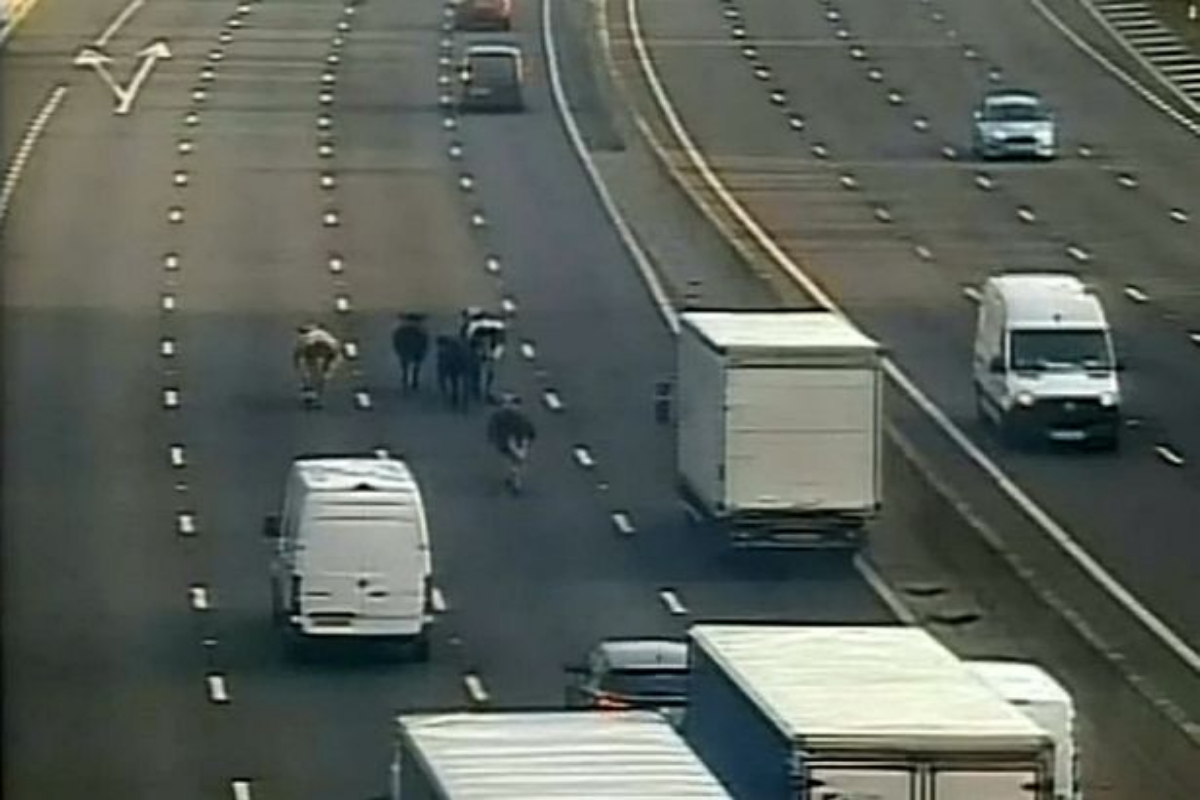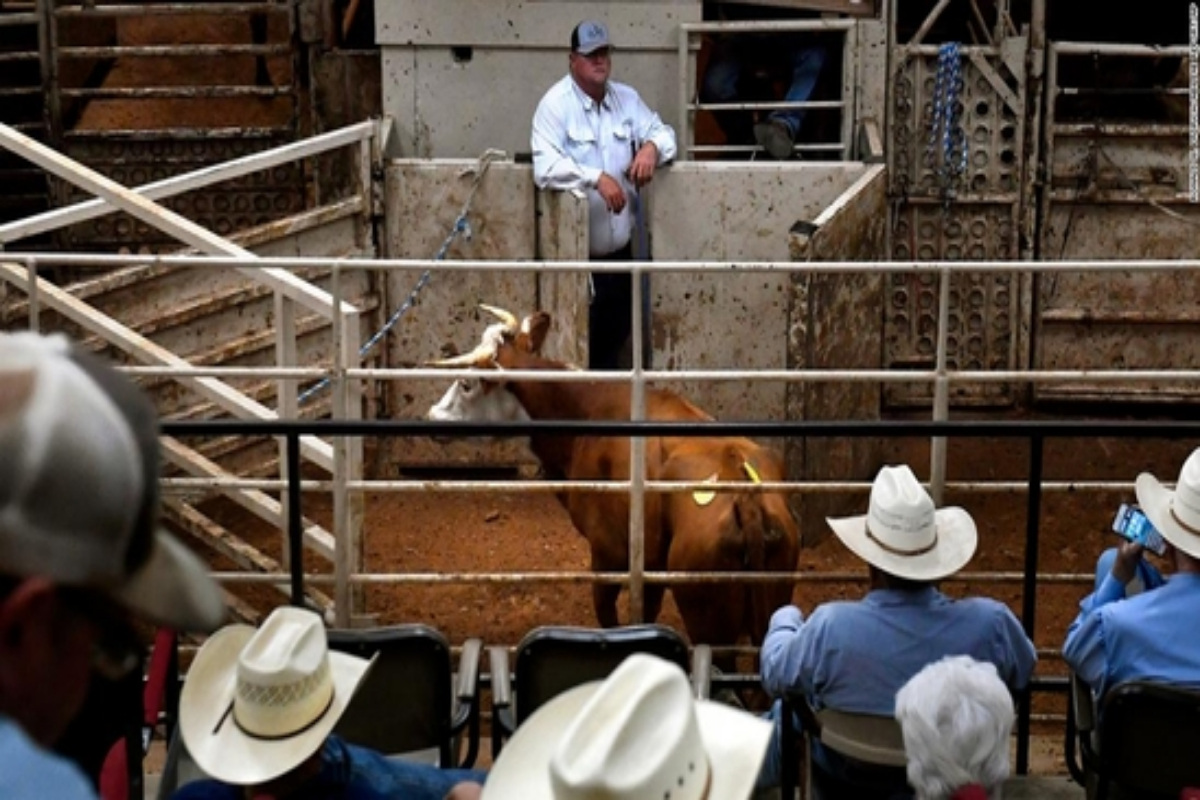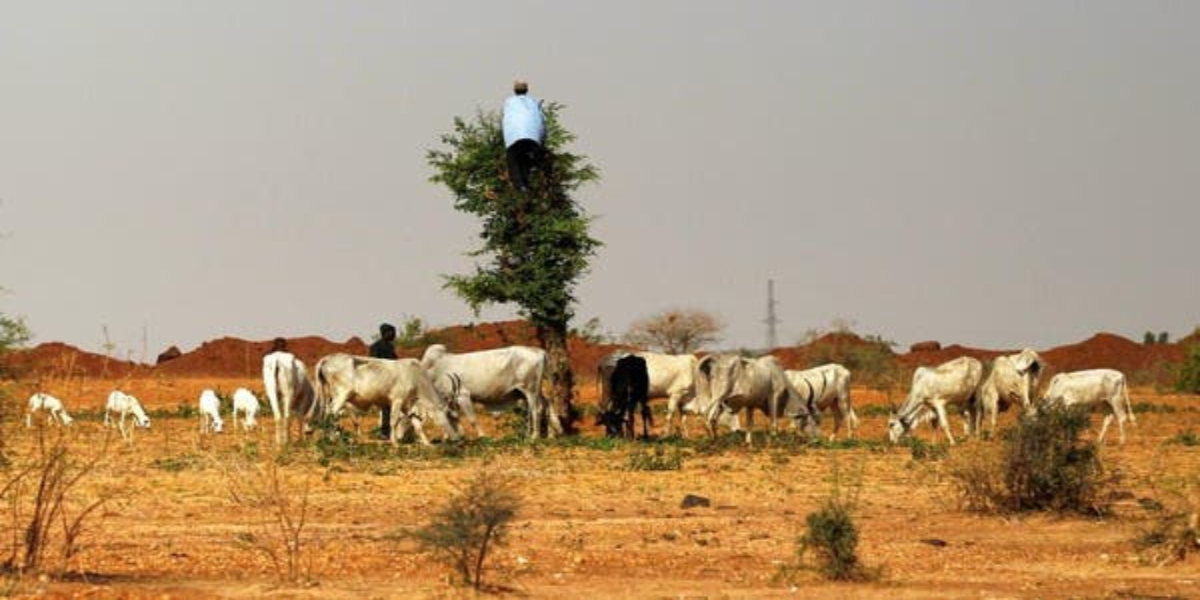- 80% of the US’s western area is facing serious drought conditions, which have been present for about a year.
- The most recent week-long heatwave has reached a crisis point for ranchers.
- The USDA’s Emergency Assistance for Livestock, Honey Bees, and Farm-Raised Fish program may help ranchers.
US farmers in Western states are being forced to sell off their herds of cattle in higher numbers than they have in over ten years as a result of extreme drought and inflationary pressures.
According to the America Farm Bureau Federation, approximately 80% of the US’s western area is currently facing serious drought conditions, which have been present for about a year.
However, the most recent week-long heatwave, which affected around 80 million people nationwide, has reached a crisis point for farmers and ranchers.
Texas temperatures have been near 100 degrees for several weeks, depleting water supplies and causing the grass to burn, all of which are essential for feeding and maintaining cow herds.
Some ranchers claim that selling is their only option.
Since 2011, when we experienced our most recent severe drought, we haven’t seen this kind of movement of cows to markets, according to Texas A&M professor of agricultural economics David Anderson.
According to an AFBF poll, a severe drought in the West led 40% of farmers to sell off a portion of their herds last year. The problem is currently getting worse as a result of rising prices for supplies like feed, fertilizer, and fuel. A lot of cows are going up for auction.
On sale day, 200–300 cows typically visit the modest sale barn in Elk City, Oklahoma, which serves four minor counties.
According to Monte Tucker, a state board member for the Oklahoma Farm Bureau, they saw 1,000 this week.
According to Tucker, a fifth-generation cattle rancher, he won’t sell his cows until there is no more grass for them to eat. He is using seed to augment the nourishment for his herd, but it is proving to be exceedingly expensive.
“It has increased by two times since last time. We used to purchase that feed for $200 a tonne, but it is now well over $400. Therefore, the feed has doubled, adding to the crunch “Tucker stated.
Anderson claims that despite ranchers’ reluctance to sell, they are at least receiving a fair price at the market. Consumers may eventually pay less because of this.
Consumers in the United States paid 9.7% more for ground beef in June compared to the same month last year.
The issue, though, is projected price increases. The next two years may see increased beef prices for customers as a result of smaller herds and fewer breeding cows.
The US Department of Agriculture (USDA) anticipates a 7% decrease in beef production in 2019.
Through the USDA’s Emergency Assistance for Livestock, Honey Bees, and Farm-Raised Fish Program, farmers and ranchers may be eligible for financial aid.
The program pays any extra expenses ranchers might have to pay to transport water or cattle to better grazing areas.
There is a condition, however. According to the US Drought Monitor, ranchers must reside in a county for a lengthy period of time that has a severe drought ranking level.
Governor Mike Parson of Missouri signed an executive order on Thursday providing assistance to 53 counties in his state that are suffering from an acute drought.
Governor Parson stated in a news release that “I know on my farm that things have rapidly deteriorated, and we are hearing the same reports from countless other farm and ranch families across the state.”
Farmers must be given access to water in state parks and other conservation areas, according to an order given to the departments of Natural Resources and Conservation.
Parsons also gave the Missouri Department of Transportation instructions to waive charges and limitations for farmers and ranchers transporting hay.
[embedpost slug=”russian-farmers-seek-to-ride-out-western-sanctions/”]




